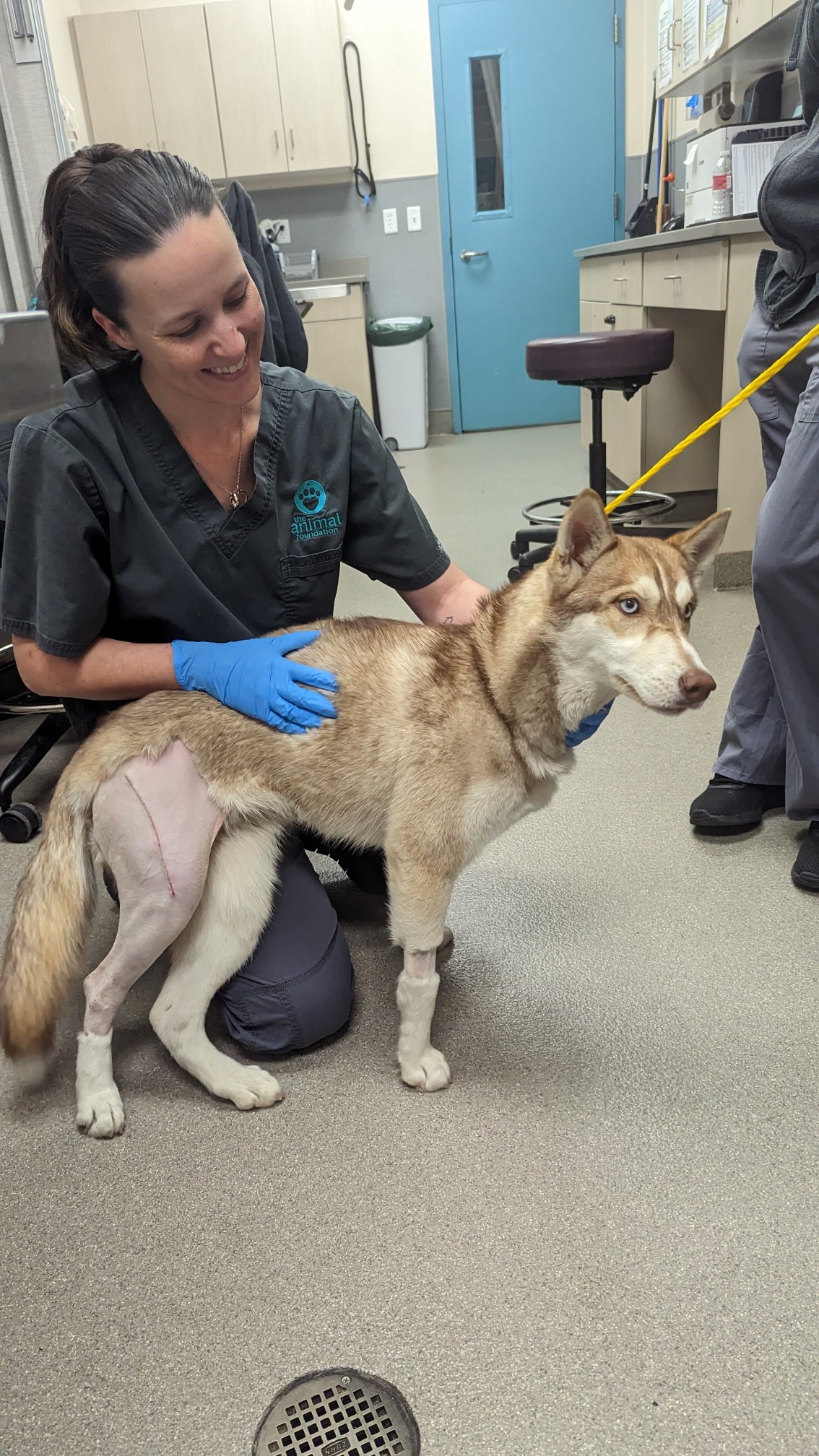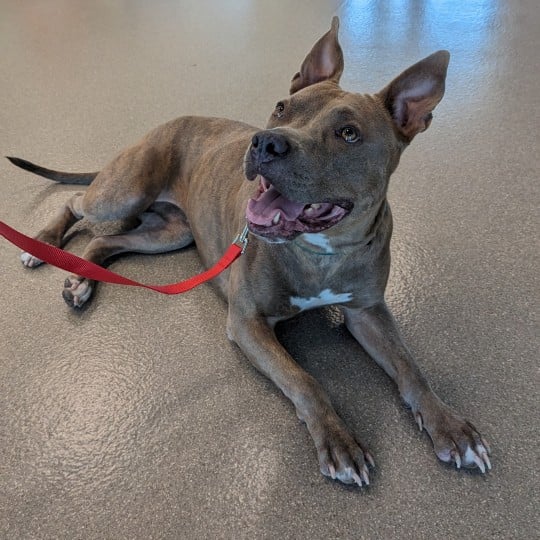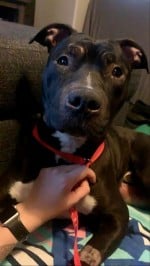
A charming family pet with a vibrant nature
The French Bulldog is the perfect example of a small dog with a big personality—quirky, active, and energetic. Like all breeds, they make excellent playmates for kids because of their small stature and lively personality, although careful supervision is still required.
French Bulldog Characteristics and Temperament
French Bulldogs are good for households with or without kids because they integrate into the family very fast. French Bulldogs are playful and eccentric dogs that don’t often bark. French Bulldogs can get along with other dogs and even cats if they are introduced carefully and given the correct socialization. Your schedule should allow for plenty of time spent at home because French Bulldogs, who might be prone to separation anxiety, prefer human company.
French Bulldog Training & Exercise
Because of their short muzzles, French Bulldogs frequently have breathing issues, so you should let them take the lead when it comes to exercise.
Because of their independent nature, recall training is essential to keeping them safe when out and about. This breed can be a little willful, which can make training difficult. Food can be a useful motivator in the early going, but avoid making treats a regular part of your diet to prevent obesity. French Bulldogs are naturally curious and will enjoy exploring the garden or a secure outside area. Try to space out walks and playtime throughout the day to keep them interested and entertained.
French Bulldogs are brachycephalic dogs, which means they fatigue more readily. If your pet appears to be out of breath or panting, make sure they’re taking a break. In addition to receiving lots of play and mental stimulation, French Bulldogs require up to an hour of exercise per day.
Because French Bulldogs’ shorter muzzles make them more prone to overheating, it’s best to exercise your dog early in the morning and late at night when it’s cooler outside.
French Bulldog Upkeep
Although French Bulldogs don’t shed as much as other breeds, hair may still be found throughout your house, particularly as summer approaches. As a result, you should be ready to perform some manual cleaning and grooming procedures.
Weekly brushing will help you stay on top of any molting or shedding. Your French Bulldog can occasionally take a bath in water, but make sure to properly dry each skinfold and keep shampoo away from their sensitive, exposed eyes. Regularly clean their ears to help ward off infections.
The folds of skin around the nose of French Bulldogs are often excessive and need to be cleaned, dried, and kept free of infections on a daily basis.
French Bulldog Diet
Because French Bulldogs don’t tolerate a lot of exercise, it’s critical to watch their portion sizes to avoid overeating.
Typical Health Issues with French Bulldogs
Compared to other dog breeds, French Bulldogs are more susceptible to a few health issues. To assist you understand some of the health conditions we find more frequently in French Bulldogs than in other dog breeds, we’ve included some of our most current claims data. Purchasing a puppy from a reputable French Bulldog breeder can help you have a better chance of having a happy and healthy dog. Give your pet a premium, breed-appropriate meal two or three times each day. Always have an ample supply of fresh water on hand, especially on hot days when they can quickly become overheated.
Maintaining your dog at a healthy weight is particularly important to reduce the risk of back, spine or hip problems, which are common in the breed.
1. Abnormalities of the respiratory system
Because of their flat faces, French Bulldogs are more likely to develop BOAS, or brachycephalic obstructive airway syndrome. The cause of this health concern is a short face structure that compresses the tissues in the throat and at the back of the nose. They have trouble panting and cooling down because of their flattened faces, which can lead to overheating in hot weather and other health problems. By keeping your dog inside on hot days, exercising them lightly, and wearing a harness instead of a collar—which can put additional strain on their airway—you can help your dog’s symptoms.
2. Back, spine, and neck problems
French Bulldogs are more likely than other breeds to experience problems with their spine and neck. This may be due to the way they are bred to develop characteristics like short back legs and a curly tail. We see a variety of problems, from back pain to slipped discs, also known as invertebral disc disease (IVDD), which is caused by brittle, aged discs that are prone to rupturing, moving (or “slipping”), and pressing against the spinal cord itself. Depending on the cause and location of the problem, treatment options may include medication, rest, and in some cases, surgery to extend the dog’s life.
3. The skin
The skin is the largest organ in a dog’s body and can be affected by a variety of conditions. One common type of skin condition that we see in French Bulldogs is skin allergies, which can lead to dermatitis (skin inflammation). Allergies can be brought on by a variety of things, such as dust mites, pollen, foods, washing powders, and flea bites. While allergies cannot be cured, treatment may be necessary for the dog’s entire life but is typically sufficient to allow him to lead a happy, normal life.
4. Corneal ulcers
French Bulldogs are bred to have a flat face, which makes their eyes stick out on their faces. This implies that compared to other dogs, their eyes are more exposed and may be more prone to infection. Corneal ulcers can result from eye injuries, and if treatment is put off, they will get worse. A prevalent health problem in French Bulldogs is “cherry eye,” a condition in which the eye tissue protrudes from the socket. A trip to the veterinarian is necessary, and it may affect one or both eyes.
5. Ear disorders
Although the characteristic “bat ears” of your French Bulldog add much to their allure, they can also be a common cause of health problems. Even with a rigorous cleaning regimen, bacteria and dirt can still easily enter a narrow ear canal through a broad opening, leading to infection. When you notice any redness, discharge, or ear scratching, contact your veterinarian right away. Depending on how serious the infection is, they may decide to keep your pet under observation or prescribe medications. Surgery might be necessary in severe or recurring situations.
History
Bulldogs were bred in the UK for uses other than the usual blood sports, like bull-baiting, which was outlawed in 1835, starting in the early nineteenth century. By the mid-century mark, bulldogs had shrunk to microscopic proportions, often weighing between 7 and 11 kg (15 and 24 lb), though some were much smaller.
At the same time, the Industrial Revolution began to displace Nottingham lace workers, who started to settle in Normandy, France.They carried a mixed breed of dogs, including Toy Bulldogs.Due to the dogs’ growing popularity in France, breeders in England began to import tiny Bulldogs, which they believed to be too small or to have defects like standing ears. There weren’t many Toy Bulldogs left in England, such was their popularity in France.
Over time, the little Bulldog breed gained recognition and was given the name Bouledogue Francais. Another contraction of the terms boule (meaning “ball”) and dogue (meaning “mastiff”) is this Francization of the English name. The canines were extremely stylish and in high demand among Parisian prostitutes and society ladies as well as creative types like fashion designers, writers, and artists. The paintings of Edgar Degas and Henri de Toulouse-Lautrec are believed to depict French Bulldogs. The breed’s evolution, though, was not documented as it moved farther from its Bulldog origins. In order to create characteristics like the breed’s large, straight ears, terrier stock had been included as it evolved.
Lifespan
The French Bulldog had the lowest life expectancy at birth of any breed in a study that examined the deaths of 30,563 dogs of various breeds in the United Kingdom between 2016 and 2020. The study revealed that the average life expectancy for all dogs was 11.23 years. According to the same study, there may be a correlation between the low life expectancy of French Bulldogs and the growing number of French Bulldogs in the UK (2,771 KC registered individuals in 2011 vs. 39,266 individuals in 2020), which would bias the data and cause the general population to appear relatively young on average. According to a Japanese study using data from pet cemeteries, French Bulldogs often live to be 10.2 years, the lowest of all breeds in the study.
Brachycephaly
Brachycephaly is the term used to describe the French Bulldog’s shorter nose and pushed-in face. Breathing becomes obstructed due to upper airway tract deformity caused by brachycephaly. Stroke, emesis, skin fold dermatitis, brachycephalic airway obstructive syndrome, exophthalmos, pharyngeal gag reflex, cyanosis, and laryngeal collapse are among the symptoms of brachycephaly. Brachycephaly also increases the risk of difficulties during anesthesia and increases the danger of hyperthermia, which is brought on by an inability to efficiently lower body temperature by panting. Many commercial airlines have banned French Bulldogs because of the high number of deaths that have occurred in the air.
An explanation
The French Bulldog, according to the American Kennel Club standard, should have a silky, loose coat that forms wrinkles and be muscular.
The highest weight allowed by the AKC Standard for a French bulldog is 28 pounds (13 kg). A French bulldog should have a broad, square-shaped head and ears that mimic bat ears. The breed of French bulldogs has a flat face. AKC Standard-approved French bulldog eyes are dark, almost black; French Bulldogs with blue eyes are not authorized by the AKC. A French bulldog should have short hair that is silky and fine. The several shades of brindle, fawn, cream, or white with brindle patches (referred to as “pied”) are acceptable colors under the breed standard. The fawn colors can be any light through red. The most common colors are brindle, then fawn, with pied being less common than the other colors. The breed clubs do not recognize any other colors or patterns.










